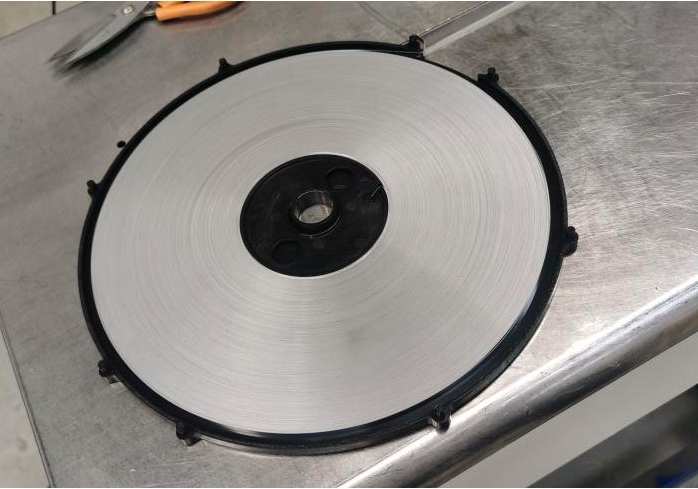

Precision stainless steel strip slitting technology is commonly used in the processing and production of stainless steel strips to meet the precise size, surface quality and shape requirements of different industries. The following are the general steps and characteristics of slitting:
Material preparation: First, stainless steel coils need to be prepared, which are often cut and rolled from stainless steel coils. The surface quality and thickness uniformity of the roll are critical to the quality of the final product.
Slitting equipment: Use special slitting equipment, including cutting tools, tension control systems, positioning devices, etc. It can ensure that the strip maintains stable tension and position during the slitting process to ensure the accuracy and quality of slitting.
Cutting process: During the slitting process, the stainless steel coil is cut into stainless steel strips of the required width through the slitting equipment. Cutting tools are made of high-hardness alloy steel or tool steel to ensure cutting accuracy and wear resistance.
Tension control: During the slitting process, the tension of the stainless steel strip is adjusted through the tension control system to ensure that the strip will not deform or warp during the slitting process, thus ensuring the accuracy and smoothness of the slitting.
Surface treatment: The finished stainless steel strip needs surface treatment, such as polishing, pickling or sandblasting, to improve surface quality and smoothness.
Quality inspection: Finally, the slit stainless steel strips need to undergo strict quality inspection, including inspection of size, surface quality, flatness, etc., to ensure that the product meets customer requirements and standards.
